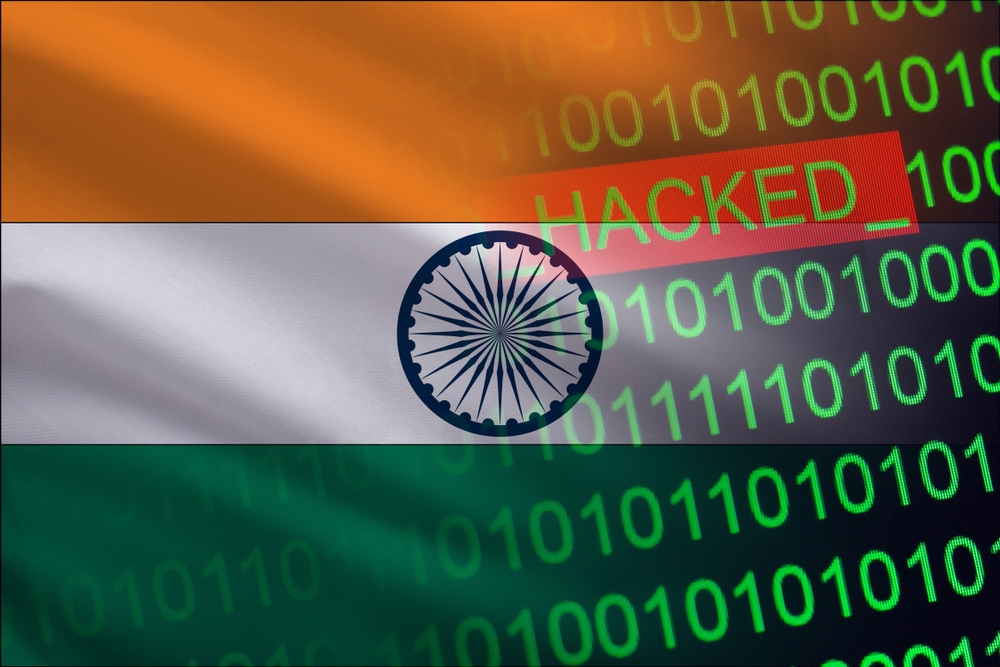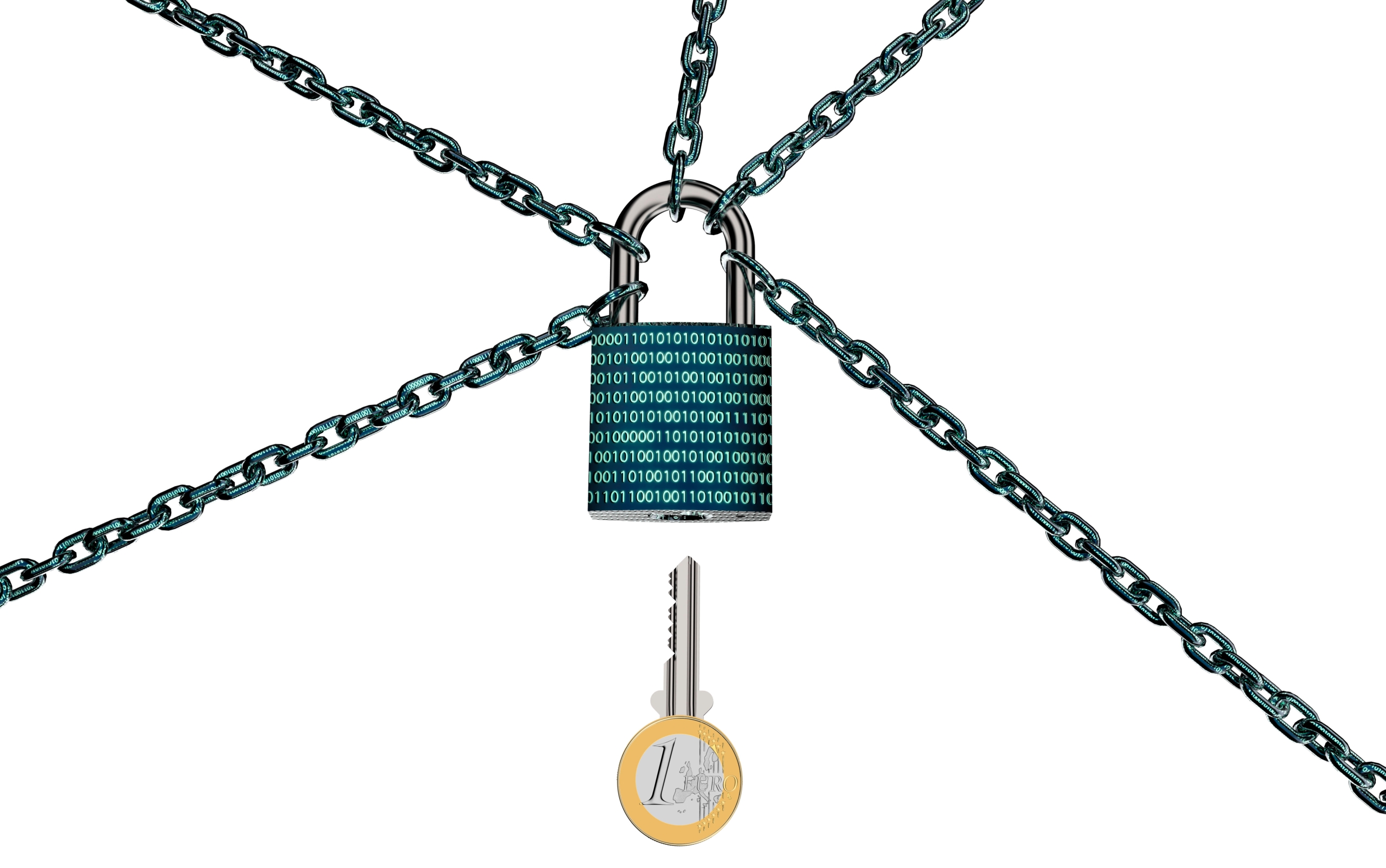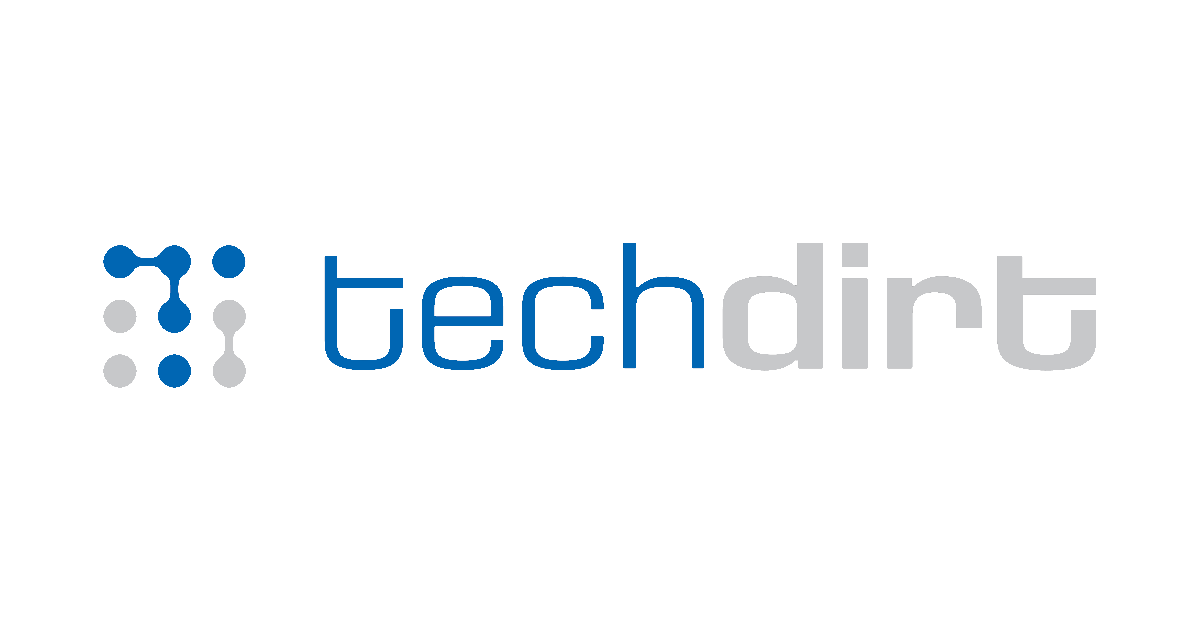Shadowy Hack-for-Hire Group Behind Sprawling Web of Global Cyberattacks
A security vendor’s 11-month long review of non-public data obtained by investigative journalists at Reuters has corroborated previous reports tying an Indian hack-for-hire group to numerous — sometimes disruptive — incidents of cyber espionage and surveillance against individuals and entities worldwide.
The shadowy New Delhi-based group known as Appin no longer exists — at least in its original form or branding. But for several years starting around 2009, Appin’s operatives brazenly — and sometimes clumsily — hacked into computers belonging to businesses and business executives, politicians, high-value individuals, and government and military officials worldwide. And its members remain active in spinoffs to this day.
Hacking on a Global Scale
The firm’s clientele included private investigators, detectives, government organizations, corporate clients, and often entities engaged in major litigation battles from the US, UK, Israel, India, Switzerland, and several other countries.
Journalists at Reuters who investigated Appin’s activities collected detailed information on its operations and clients from multiple sources, including logs connected to an Appin site called “MyCommando”. Appin clients used the site to order services from what Reuters described as a menu of options for breaking into emails, phones, and computers of targeted entities.
The Reuters investigation showed that Appin tied to a wide range of sometimes previously reported hacking incidents over the years. These included everything from the leakage of private emails that derailed a lucrative casino deal for a small Native American tribe in New York, to an intrusion involving a Zurich-based consultant attempting to bring the 2012 soccer world cup to Australia. Other incidents that Reuters mentioned in its report involved Malaysian politician Mohamed Azmin Ali, Russian entrepreneur Boris Berezovsky, a New York art dealer, a French diamond heiress, and an intrusion at Norwegian telecommunications firm Telenor that resulted in the theft of 60,000 emails.
Prior investigations, that Reuters mentioned in its report, have tied Appin to some of these incidents — like the one at Telenor and the one involving the…




